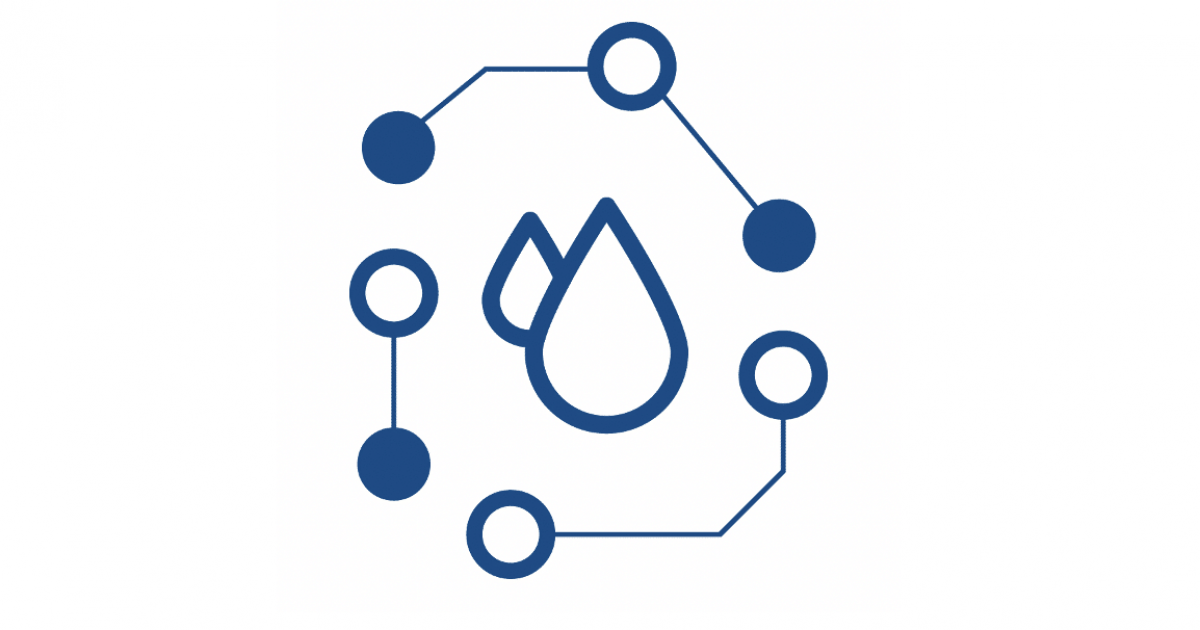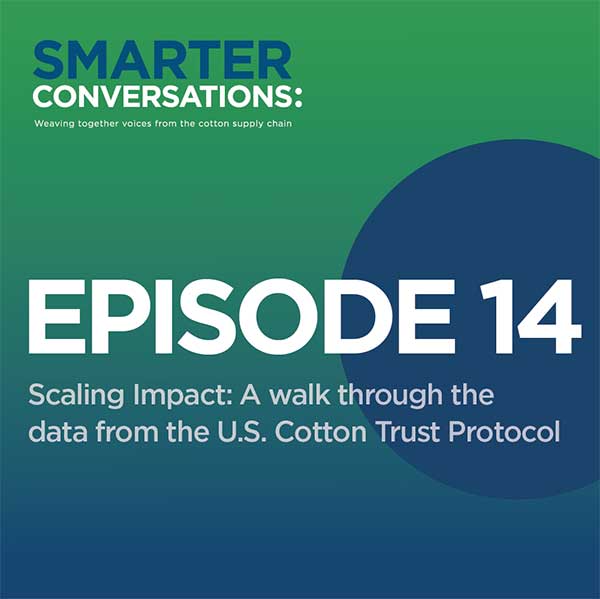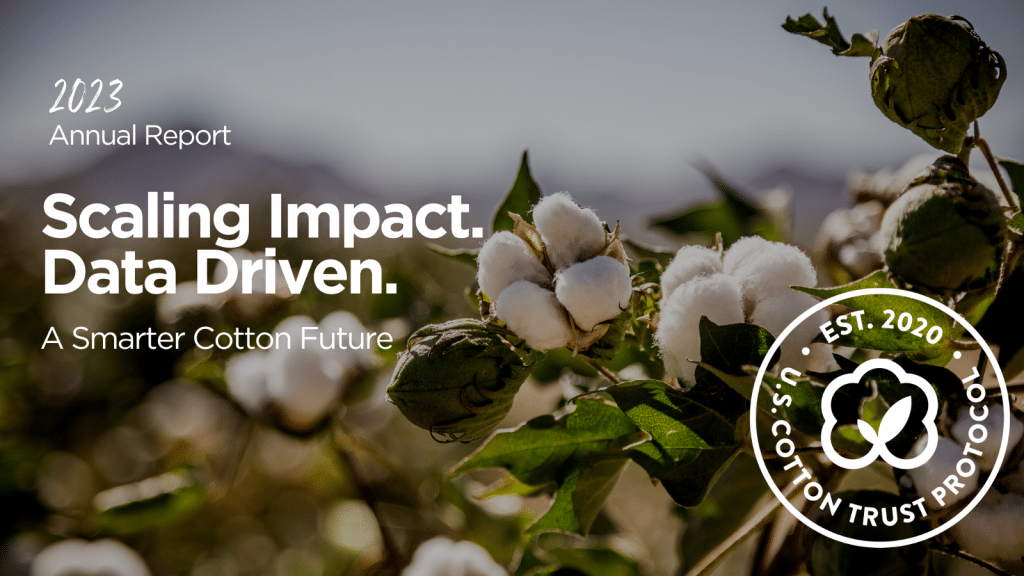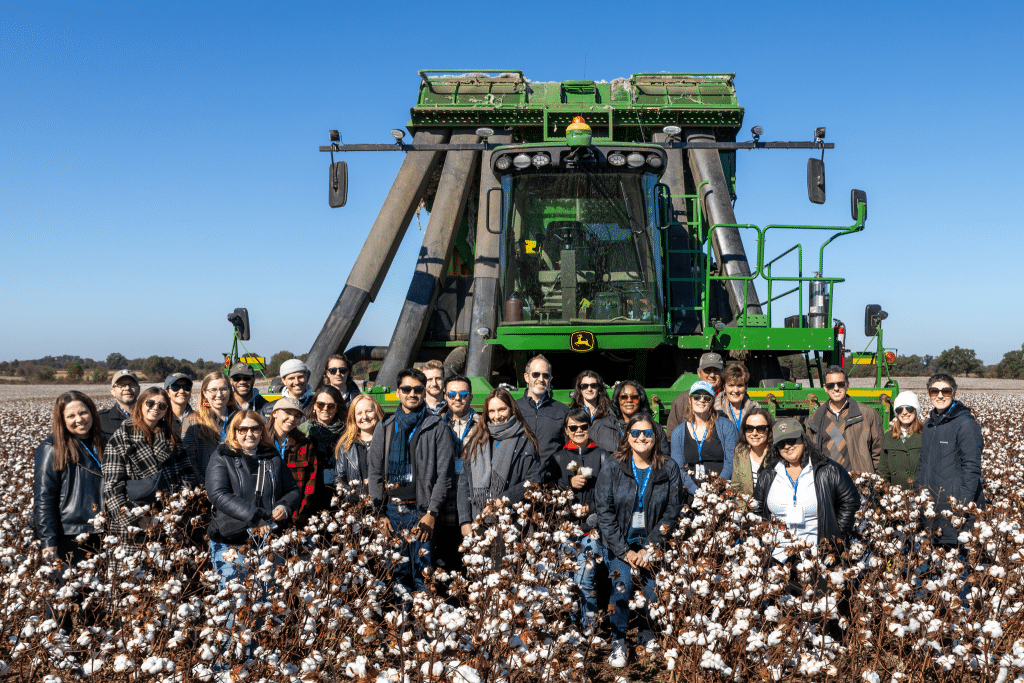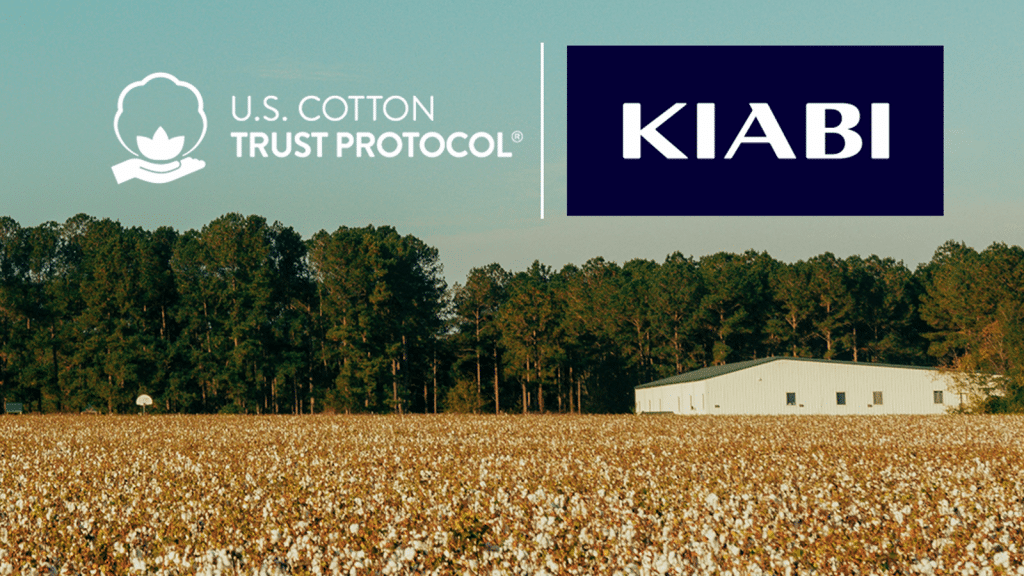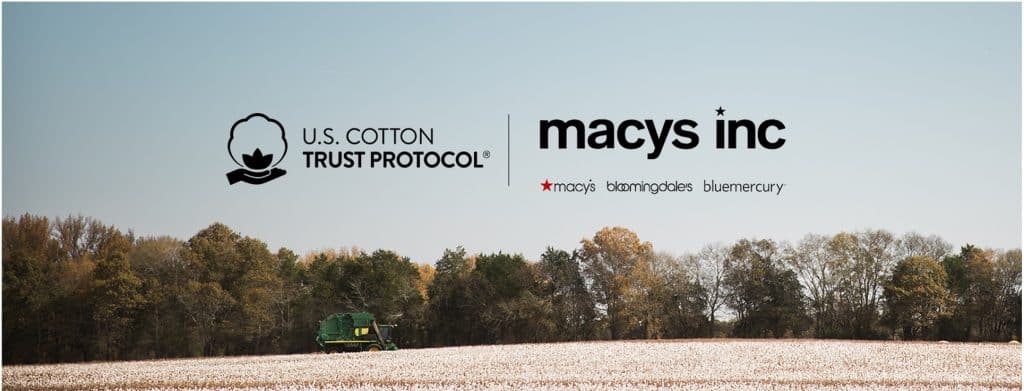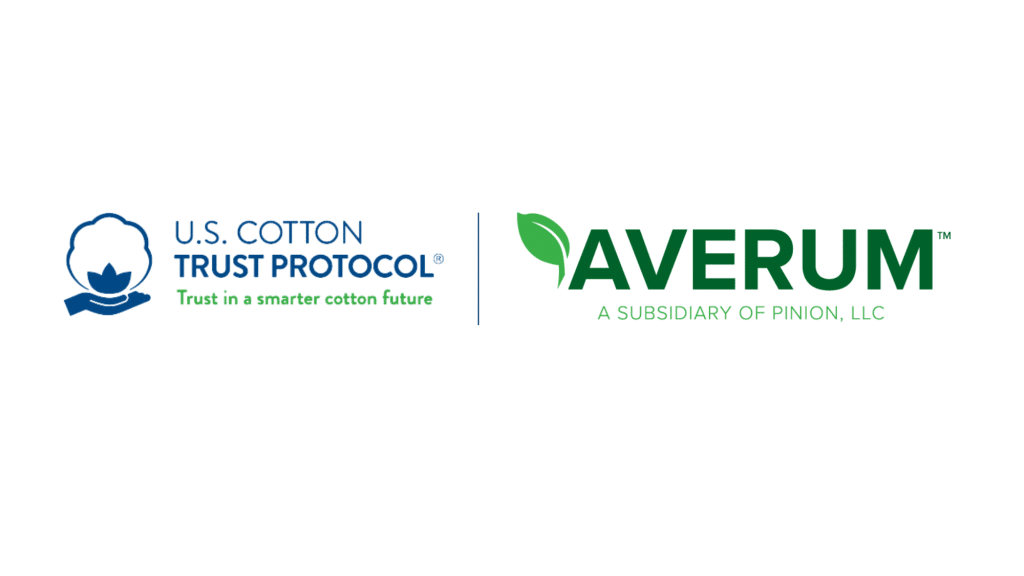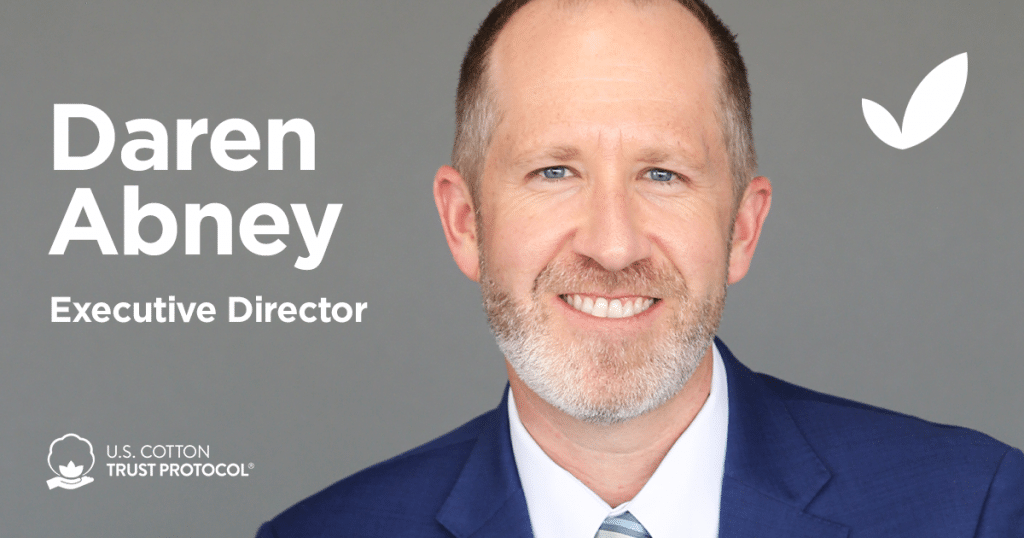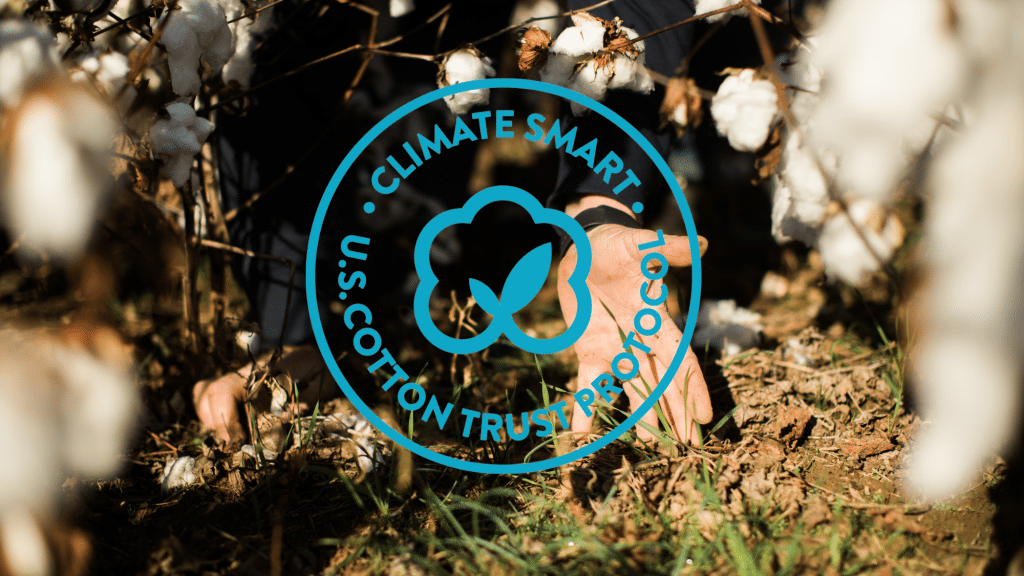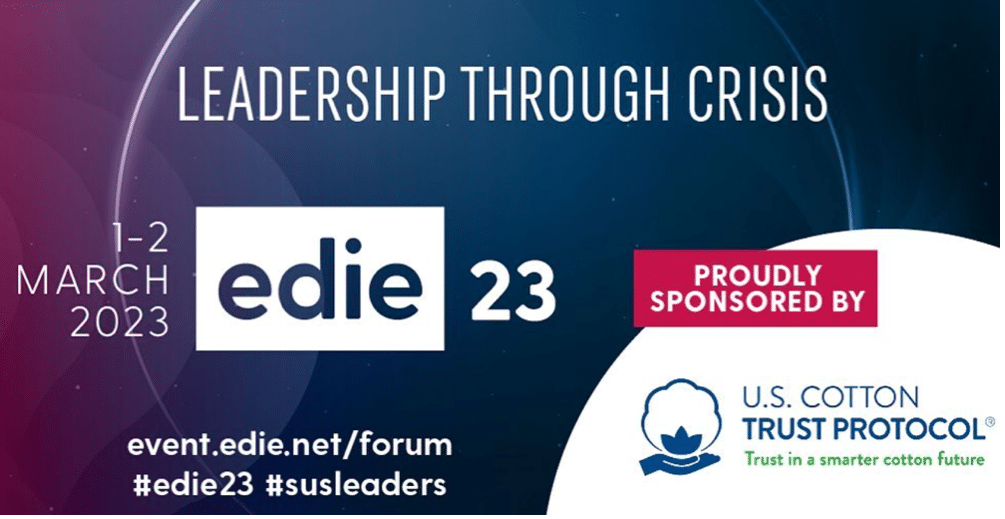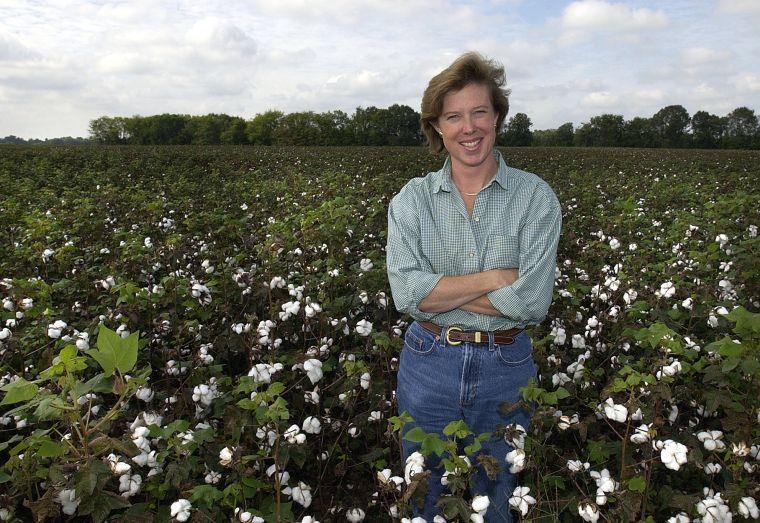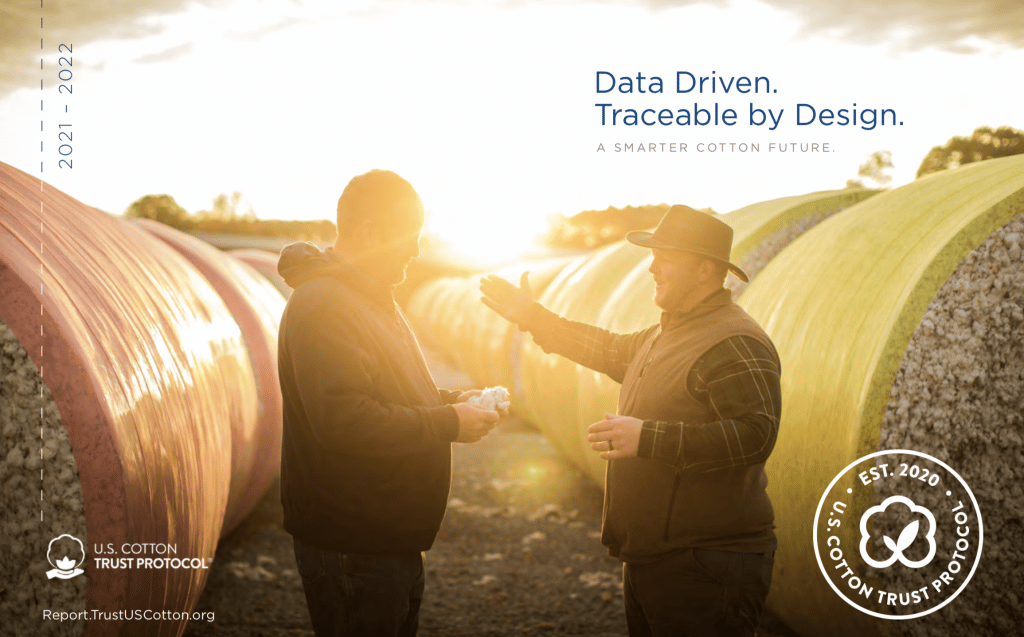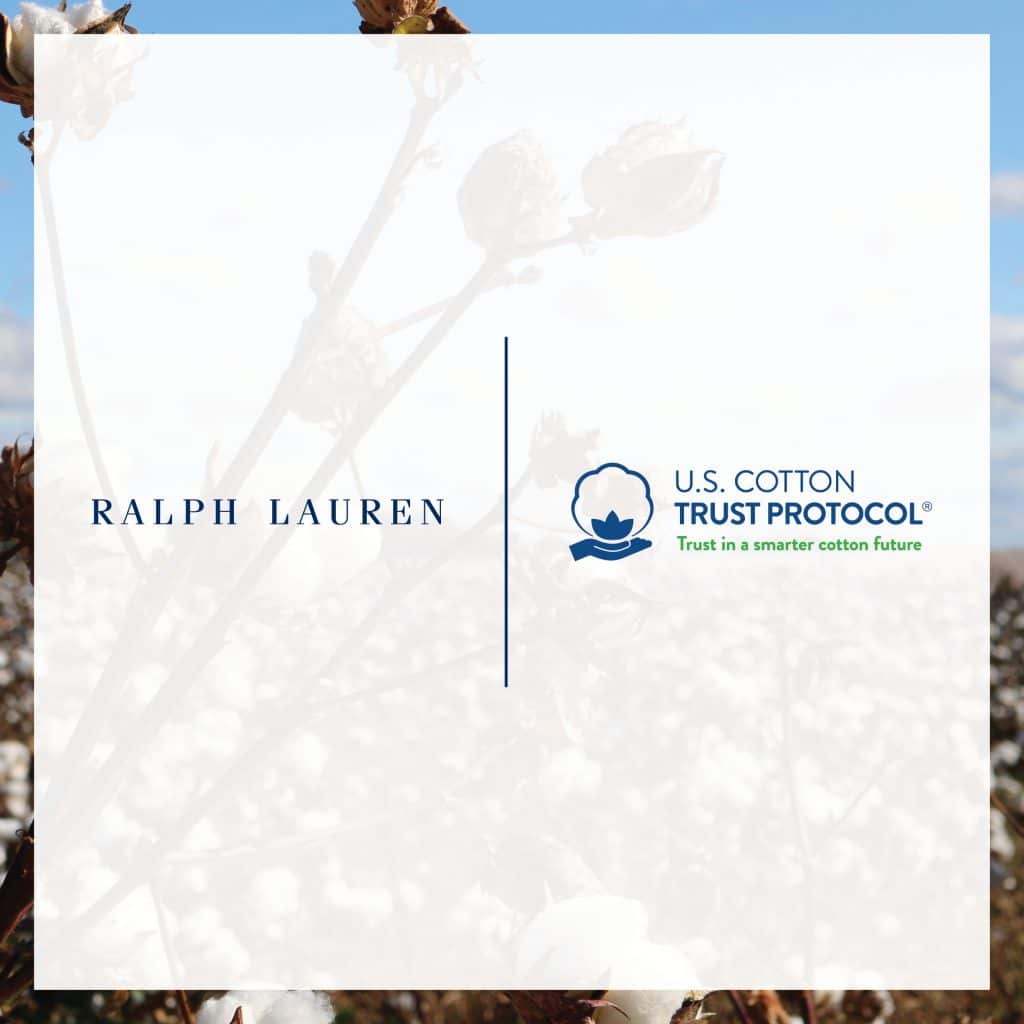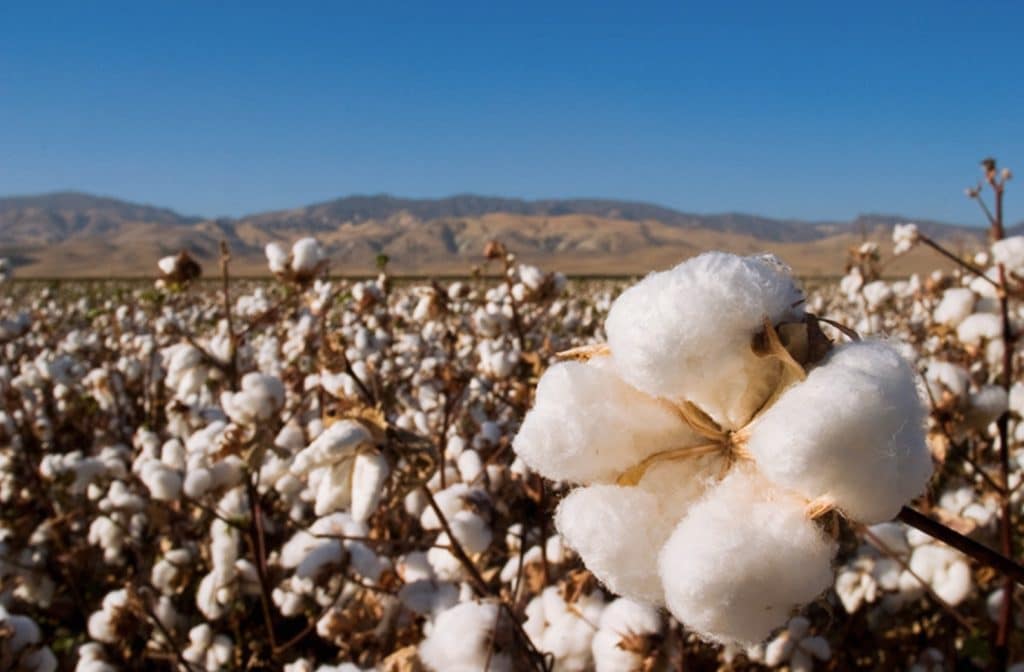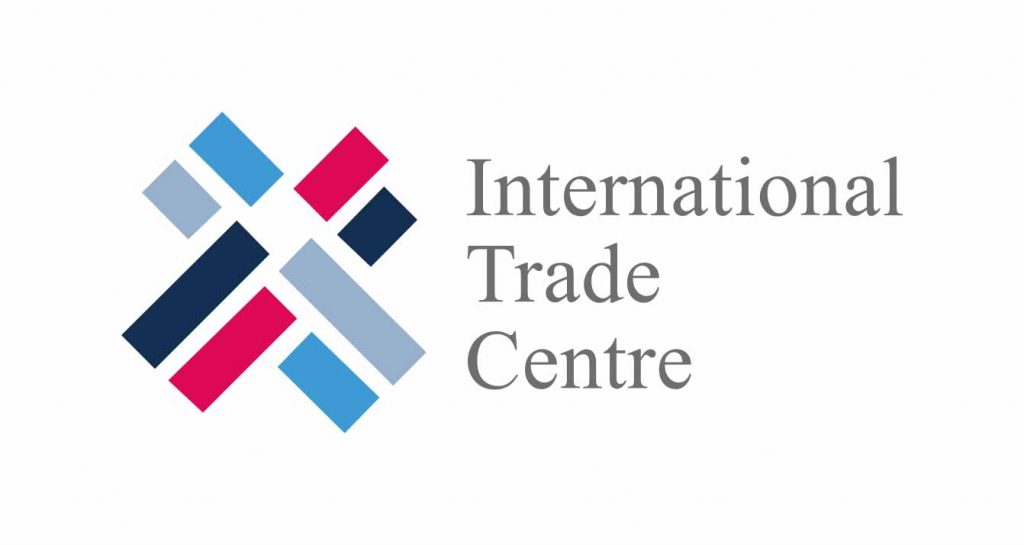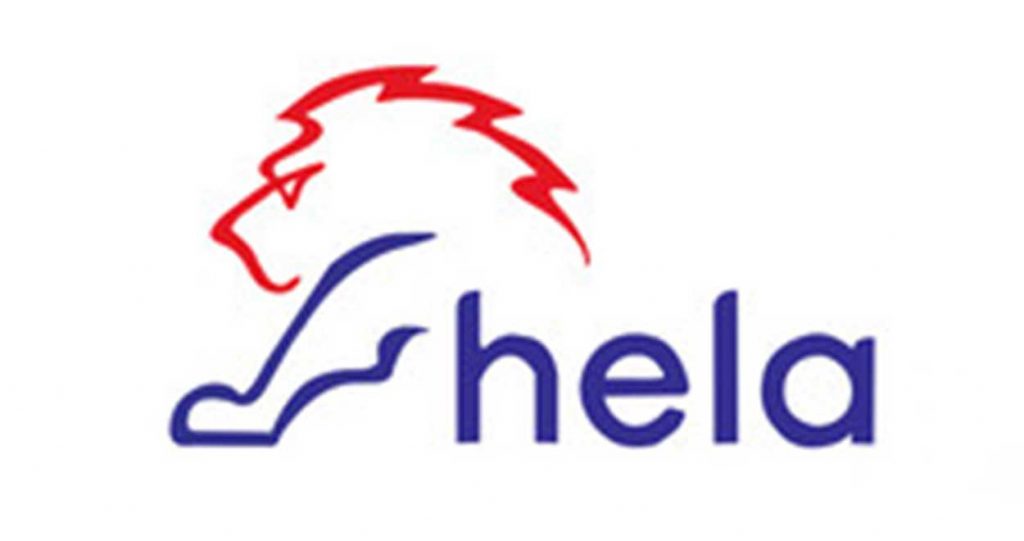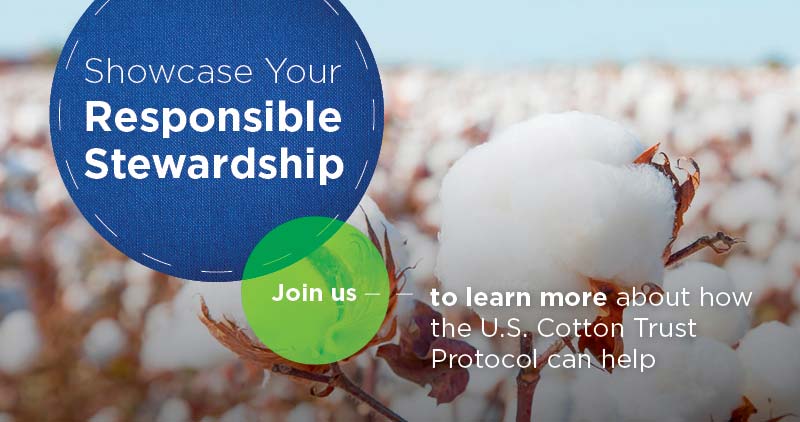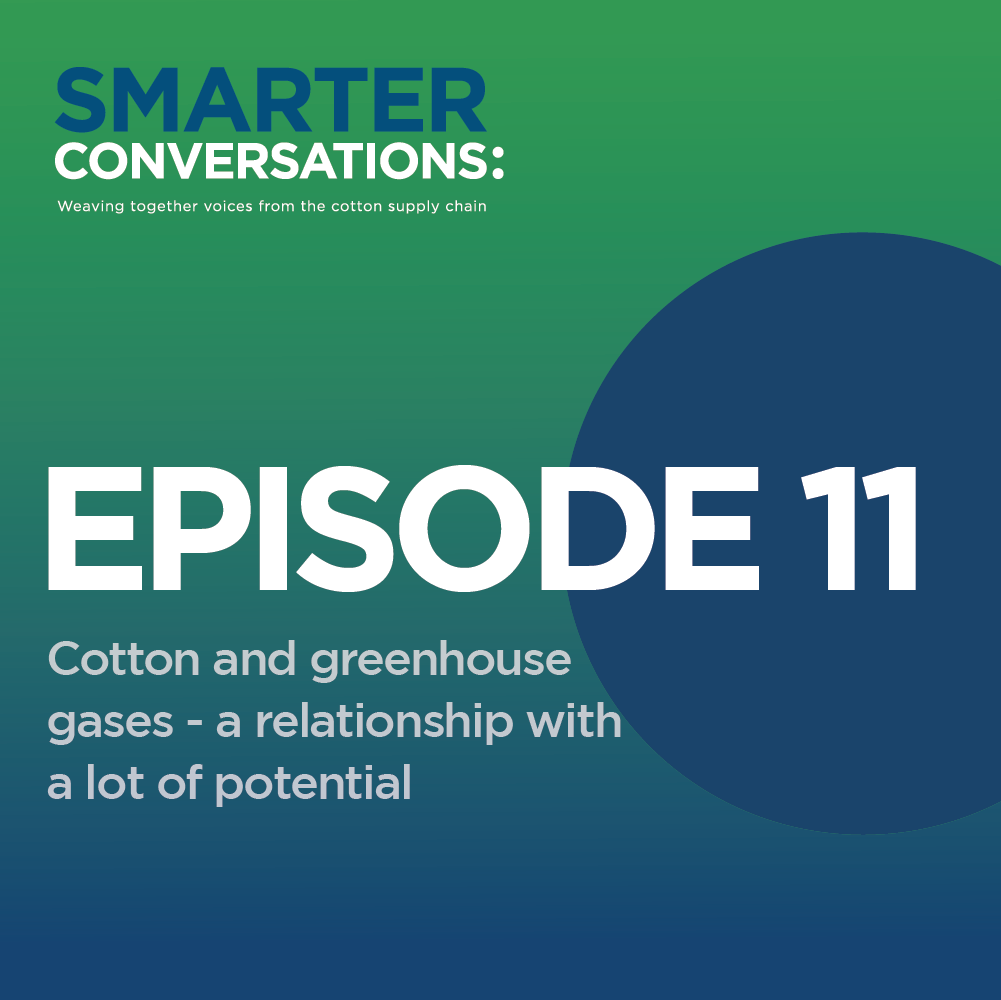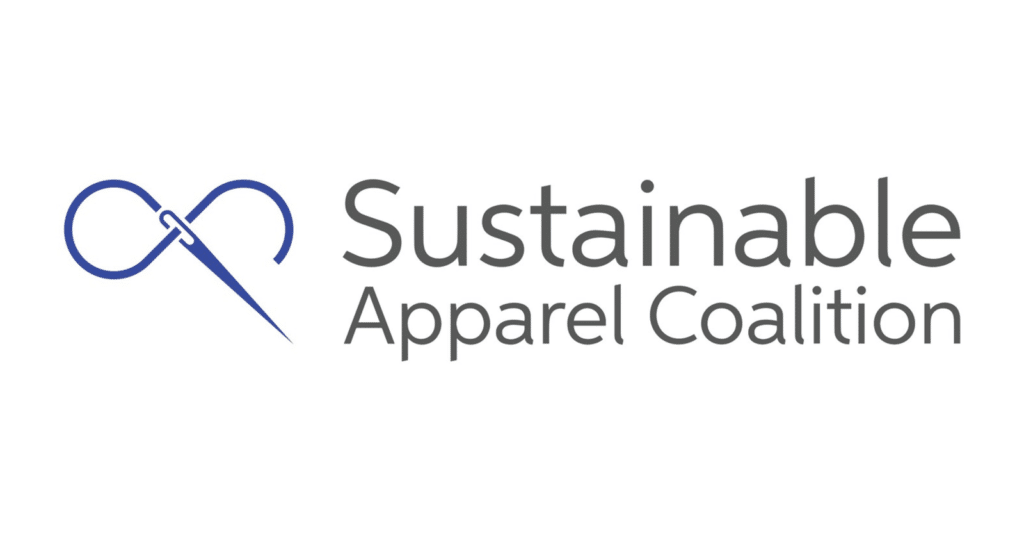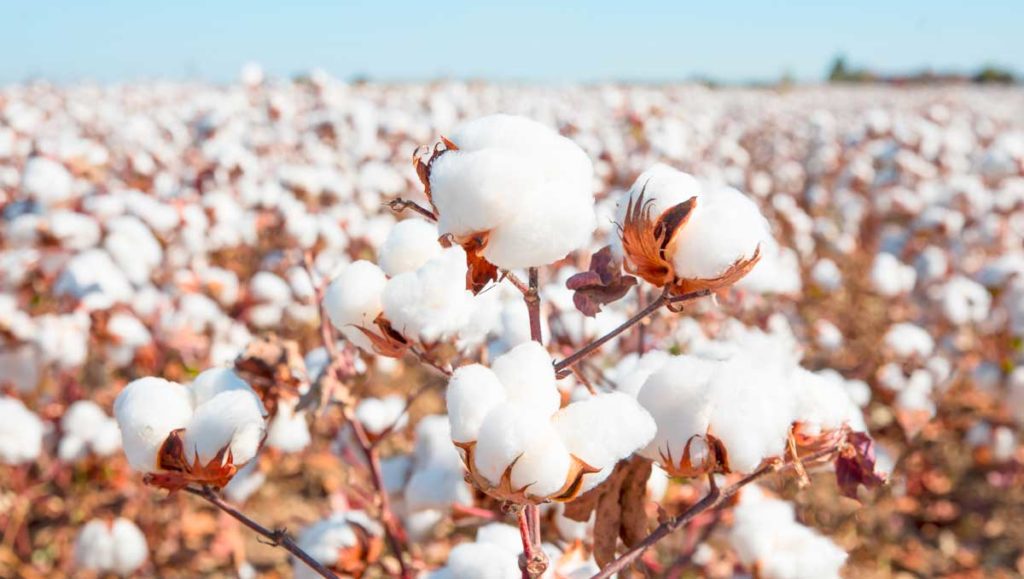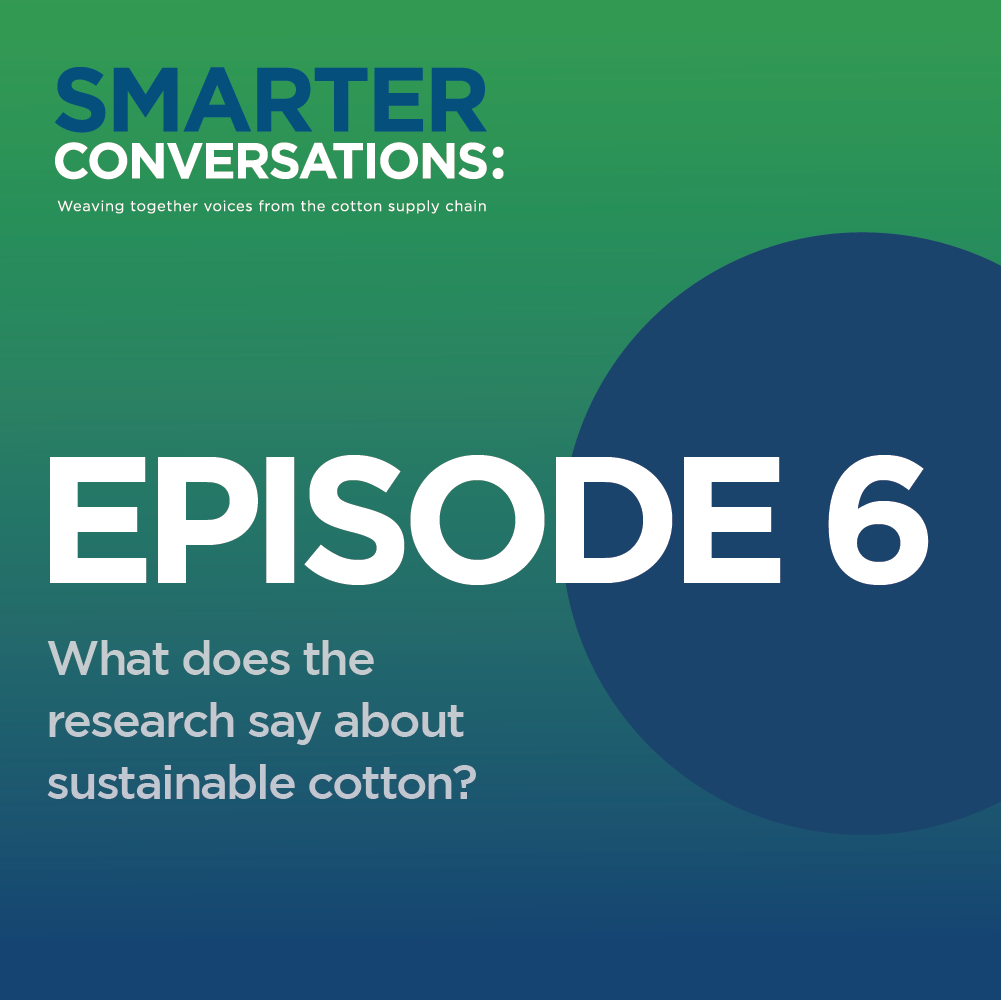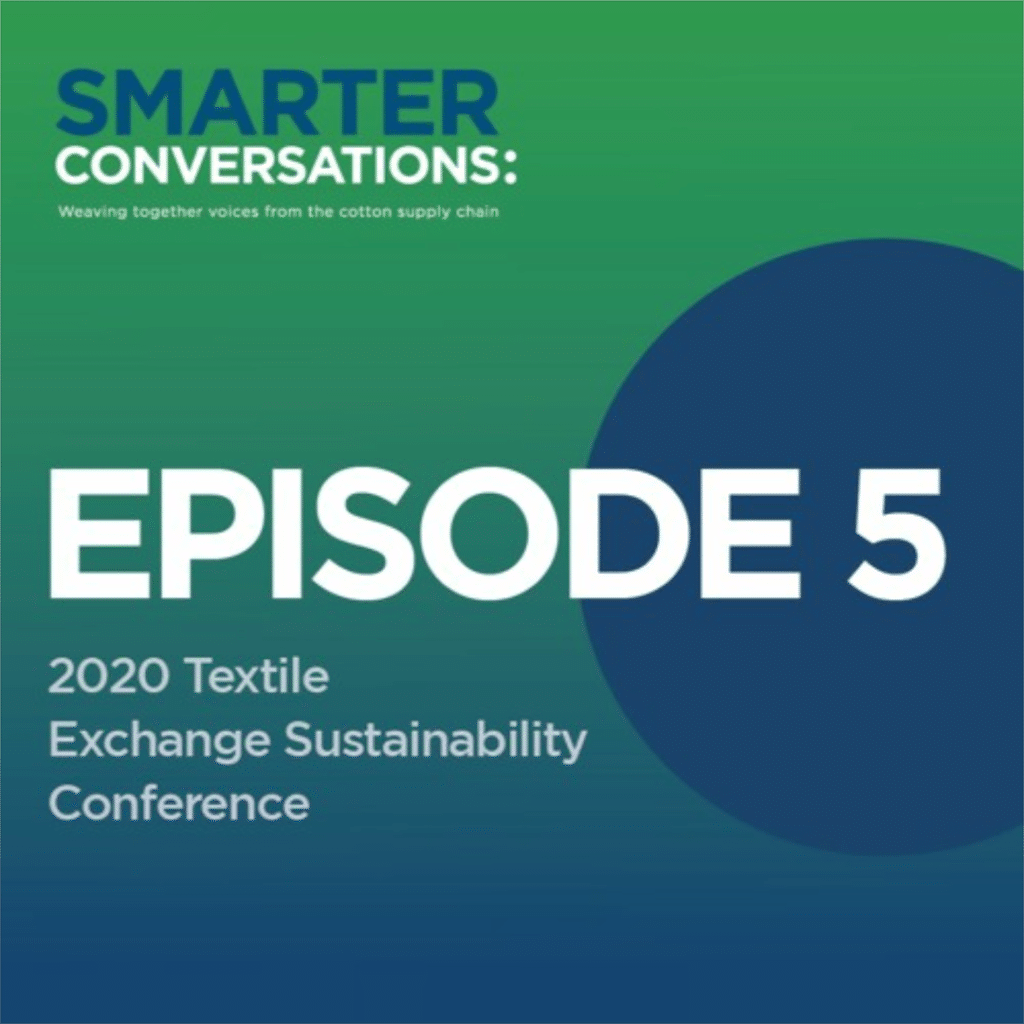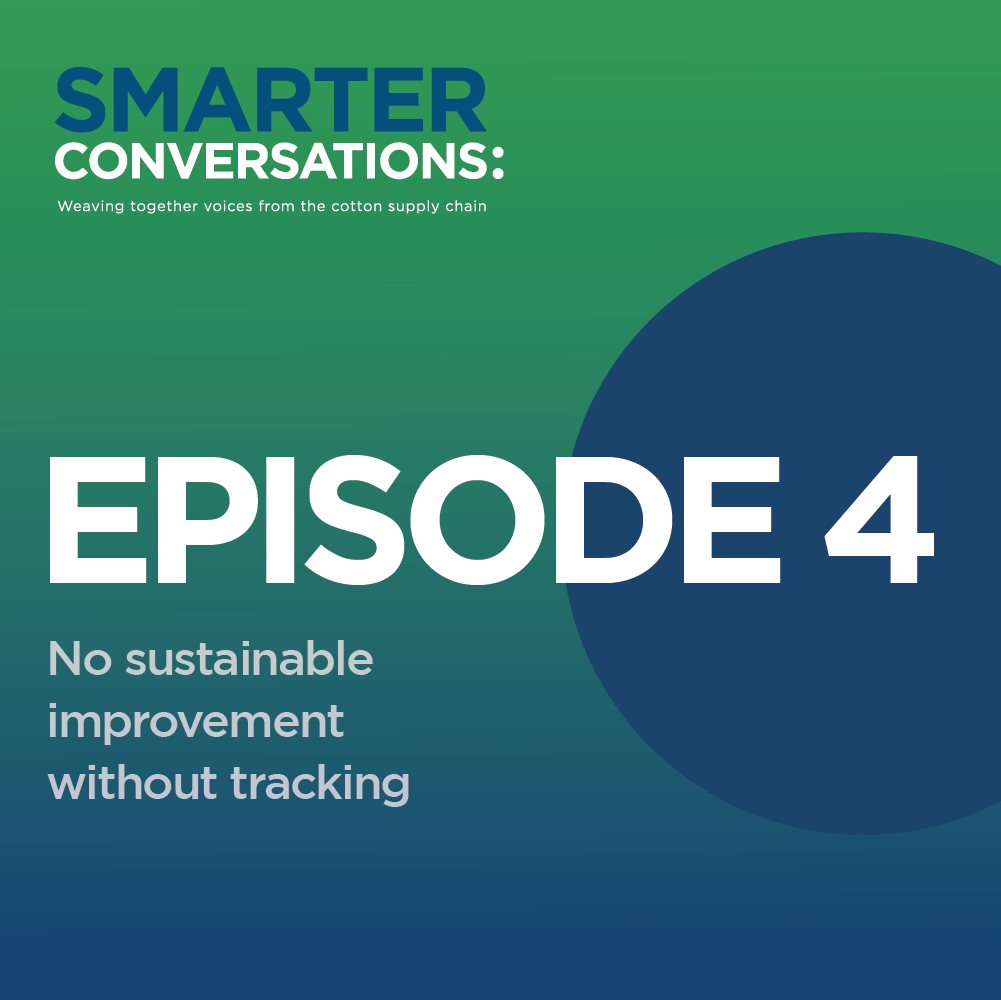U.S. cotton growers know water is a precious resource that must be used responsibly and efficiently. Cotton, like all plants, needs water to grow. According to Transformers Foundation, global averages about cotton’s environmental impact can be misleading, as they fail to capture huge local variations in resource usage and impacts. For example, two-thirds of cotton grown in the U.S. is not irrigated, using only rainfall to grow.
Furthermore, cotton is a drought tolerant crop meaning that its water needs are flexible as it can still grow and produce even when all the water the plant could use is not available. This is partially due to cotton’s tap root, which can grow as deep as 6 feet to make use of water further down in the soil.
Water use efficiency is one of the six key sustainability metrics that the Trust Protocol measures. The metric is calculated by dividing the amount of irrigated water applied by the difference between expected yield for irrigated and non-irrigated acres, which is reported by Trust Protocol growers. This calculation reflects the average increase in crop yield per unit of water applied. Overall, the metric measures the application of irrigation and the amount necessary to produce additional units of cotton fiber, and is only valid for growers who use irrigation.
In 2022-23, Trust Protocol grower members increased their water use efficiency by 14% compared to the 2015 baseline. The 2025 National sustainability goal for water use is to increase efficiency by 18%, and Trust Protocol growers will continuously work to meet that.
So, how did Trust Protocol growers achieve this level of water use efficiency?
U.S. cotton growers strive to use water responsibly, and technological advancements are allowing them to do so. Growers use water sensing technology to help track and map where water is needed throughout their fields, ensuring that they only irrigate when and where necessary. Many also use irrigation scheduling technology and drip irrigation to help ensure water is soaked into the ground. Growers can even measure water evaporation from the soil and plants.
All of these practices are used in order to make sure every drop of water is utilized as best as possible.
To learn more about the Trust Protocol’s five other environmental metrics and data, check out the 2023 annual report.

